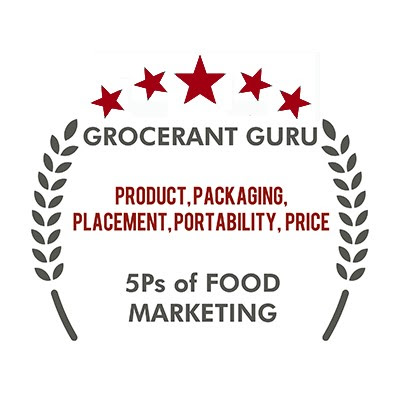Eating
out can be a convenient and enjoyable way to spend time with your family, but
it can also be expensive. On the other hand, cooking at home can be cheaper,
but it can also be time-consuming and stressful. Is there a way to balance both
options and save money while still enjoying quality food?
According
to Steven Johnson Grocerant Guru®
at Tacoma, WA based Foodservice Solutions®, the answer is yes, if you know how
to buy meal components at both restaurants and grocery stores. Meal components
are parts of a dish that can be prepared ahead of time and combined later, such
as sauces, salads, breads, meats, cheeses, etc. By buying some of these
components from restaurants and some from grocery stores, you can create
delicious and diverse meals at home without breaking the bank.
Here
are some benefits and tips on how to buy meal components at both restaurants
and grocery stores:
Benefits
·
You
can save money by buying only the components that are cheaper or better quality
at restaurants, and the rest at grocery stores. For example, you can buy a
large pizza from a restaurant and add your own toppings from the grocery store,
or you can buy a rotisserie chicken from the grocery store and make your own
sides from a restaurant.
·
You
can save time by buying components that are already cooked or ready to eat, and
avoid spending hours in the kitchen. For example, you can buy a salad from a
restaurant and a dressing from the grocery store, or you can buy a soup from
the grocery store and a bread from a restaurant.
·
You
can customize your meals by mixing and matching components from different
cuisines and sources, and create your own unique dishes. For example, you can
buy a burrito from a Mexican restaurant and a salsa from the grocery store, or
you can buy a pasta from the grocery store and a sauce from an Italian
restaurant.
·
You
can reduce food waste by buying only the components that you need and use, and
avoid throwing away leftovers or unused ingredients. For example, you can buy a
sandwich from a restaurant and a bag of chips from the grocery store, or you
can buy a cheese from the grocery store and a cracker from a restaurant.
Tips
·
Plan
ahead and make a list of the components that you want to buy from each source,
and compare the prices and quality. You can also check online menus and reviews
of restaurants and grocery stores to find the best deals and options.
·
Choose
components that are versatile and can be used for multiple meals, such as
sauces, cheeses, breads, meats, etc. You can also buy components that are
seasonal and fresh, such as fruits, vegetables, herbs, etc.
·
Store
the components properly and use them within their shelf life, and follow the
instructions on how to reheat or serve them. You can also freeze some
components that can last longer, such as soups, sauces, meats, etc.
·
Be
creative and have fun with your meals, and experiment with different
combinations and flavors. You can also involve your family in the process and
ask for their preferences and suggestions.
Let’s look at some of the quick facts, the food-at-home
index rose by just 1.2% year-over-year, meaning the gap between restaurants and
grocery/supermarket costs remained about the same in January. It also
marked the 11th month in a row in which restaurants outpaced
grocery pricing.
Are you ready for
some fresh ideations? Do your food marketing ideas look more like yesterday
than tomorrow? Interested in learning how our Grocerant Guru®
can edify your retail food brand while creating a platform for consumer convenient
meal participation, differentiation, and individualization? Email us at: Steve@FoodserviceSolutions.us or visit: us on our social media sites by clicking one of
the following links: Facebook, LinkedIn, or Twitter






No comments:
Post a Comment